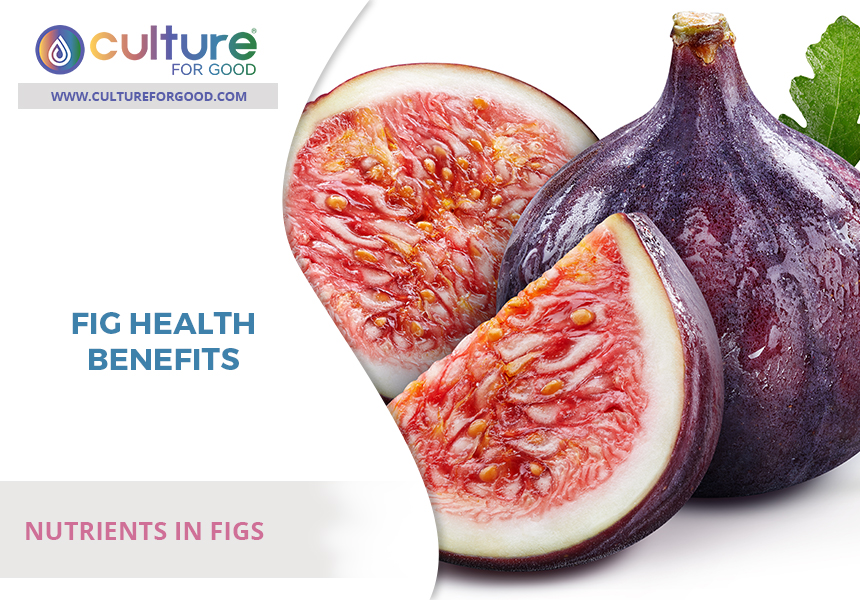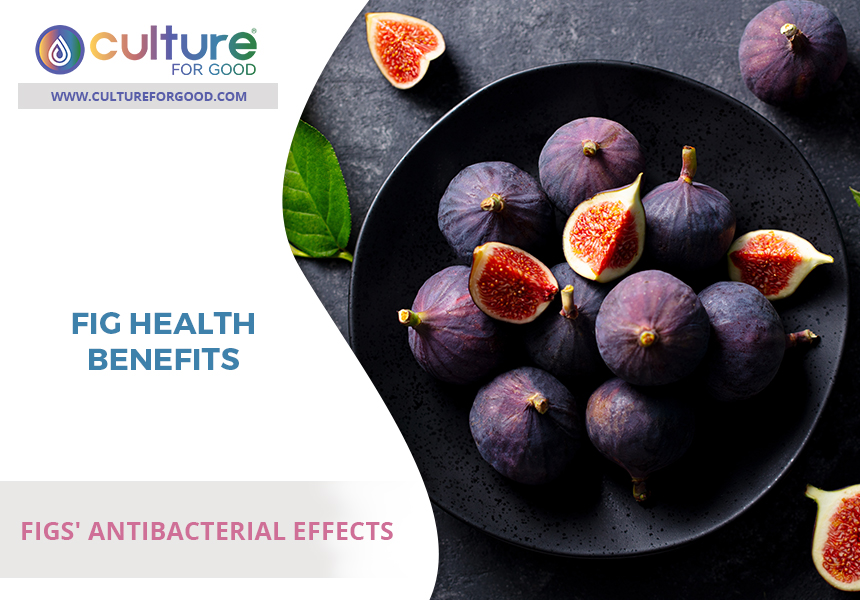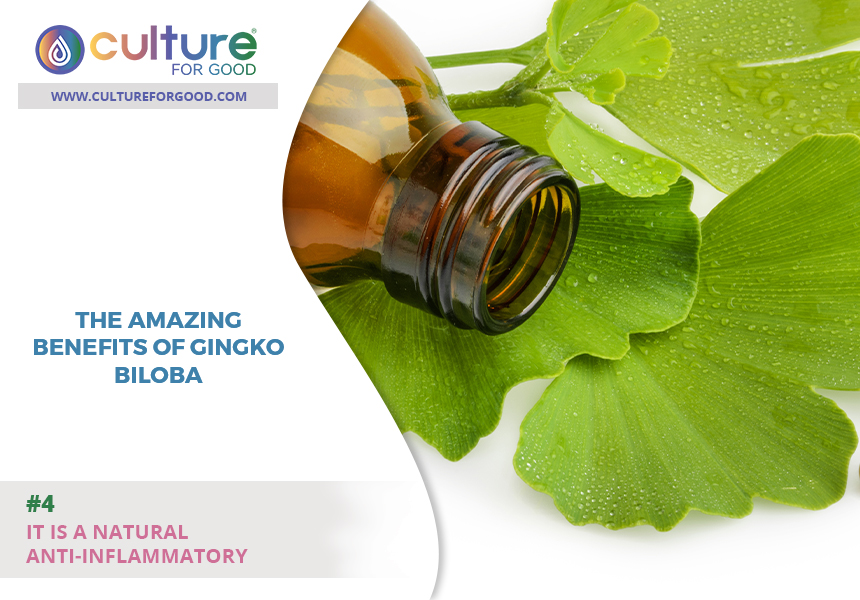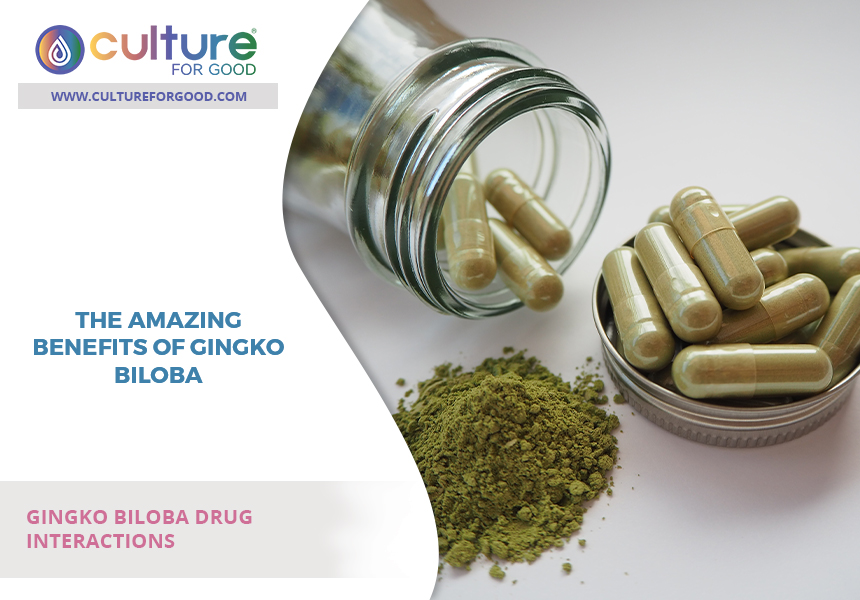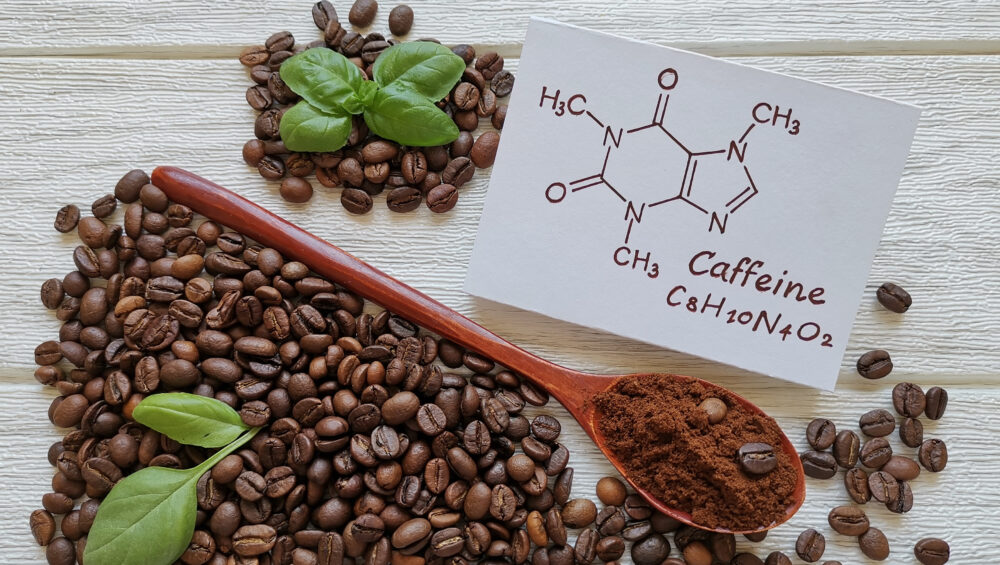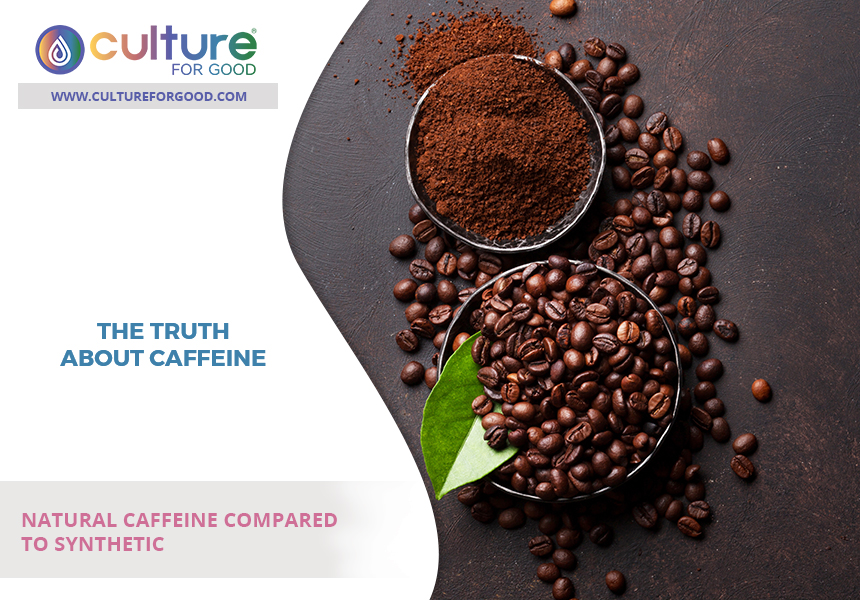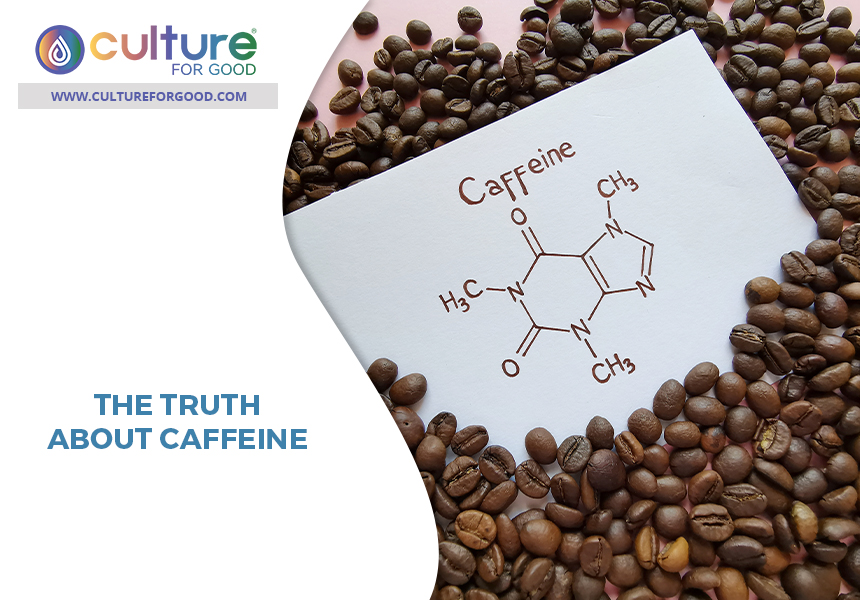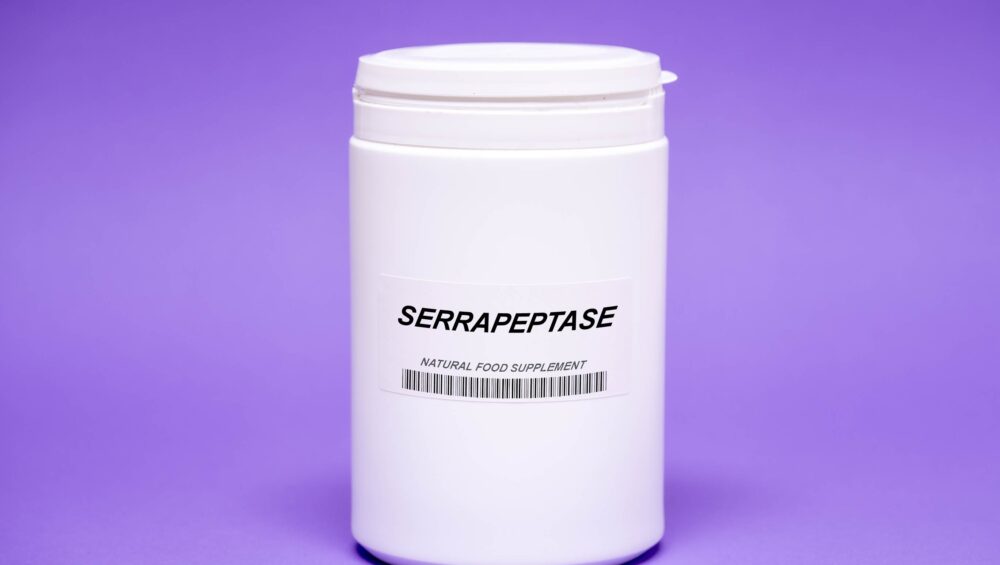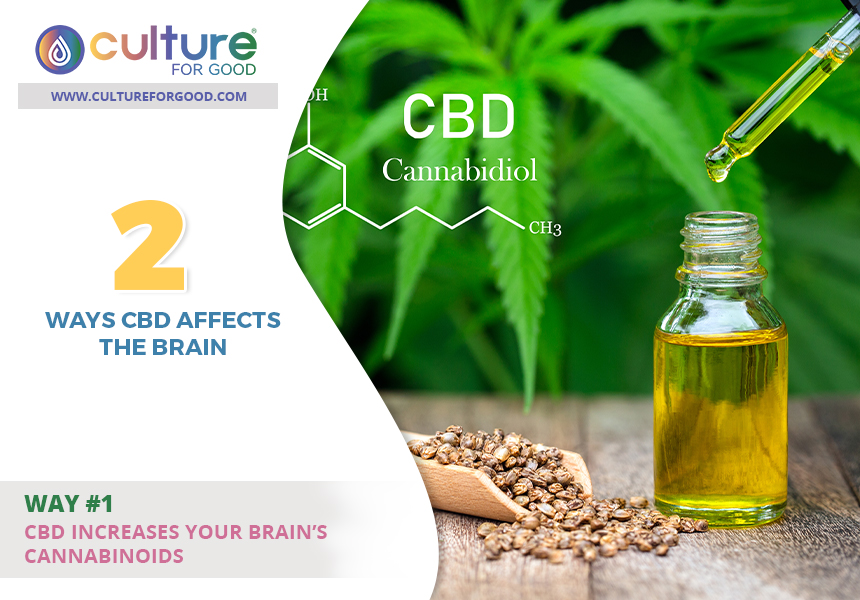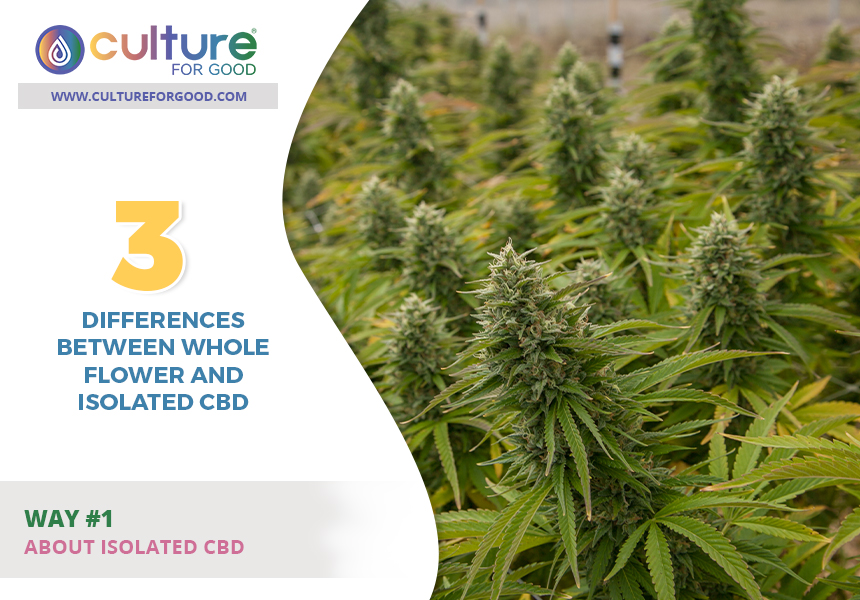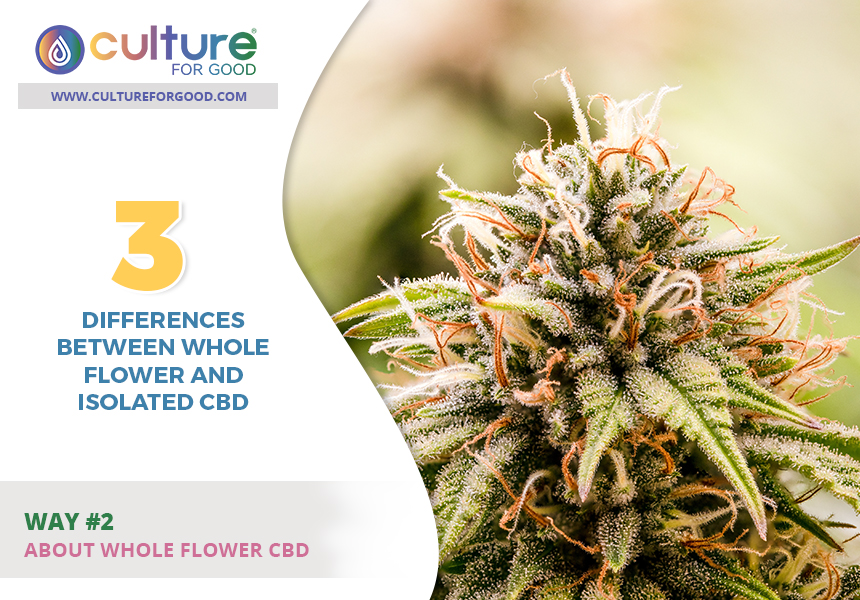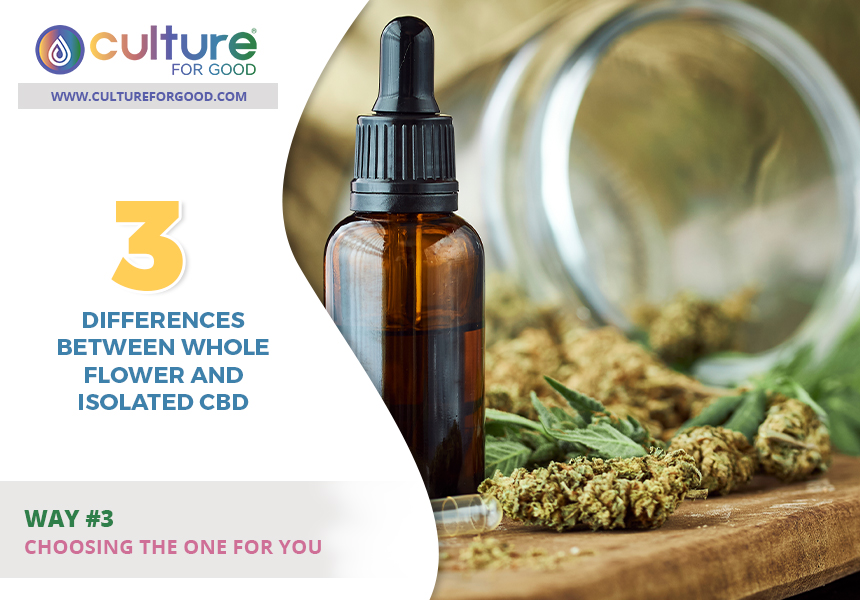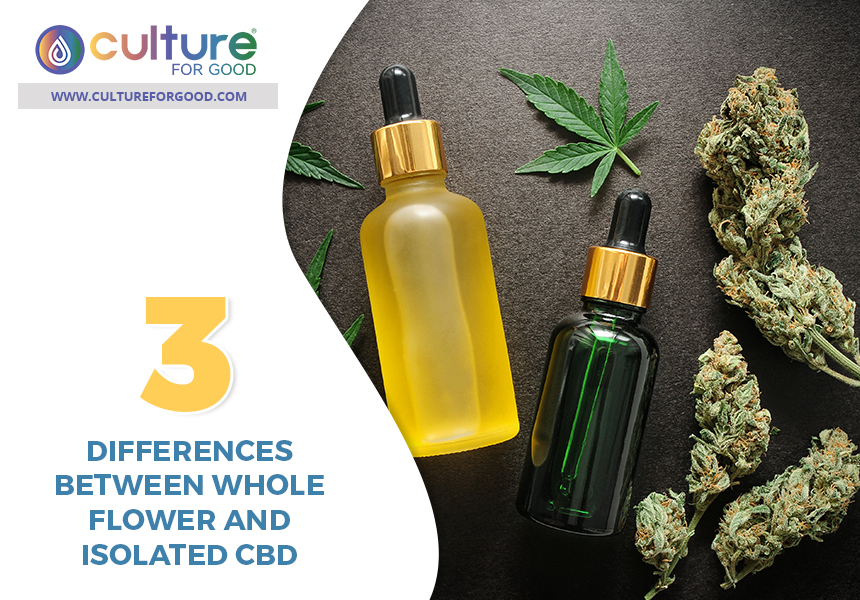Discovering The Power Of Amylase For Improved Well-Being
Introducing a revolutionary new way to maintain a healthy lifestyle: amylase! We all know that eating enough carbohydrates is essential for energy, but too many can lead to weight gain and metabolic diseases. On the other hand, not getting enough carbs can cause fatigue and impair cognitive functioning.
That’s why we need amylase – an enzyme that helps break down carbohydrates into sugar that can be used for energy, reduce inflammation, improve metabolic health, sharpen mental focus and concentration, reduce stress and anxiety levels, improve problem-solving skills, decision-making abilities, and creativity. Plus, it has minimal side effects when taken properly. Read on to learn more about how amylase can help you unlock your body’s potential!

1Introduction
Discover The Benefits Of Amylase
Amylase is an enzyme that helps break down carbohydrates, starches, and sugars; it is naturally present in the human body and is also found in certain plants and animals. Its purpose is to help with the digestion of carbohydrates and sugars, converting them into usable energy. Amylase can help the body more effectively digest carbohydrates and sugars, aiding in improved well-being. Increased energy levels and better absorption of nutrients can be experienced when taking amylase. Additionally, some studies suggest that amylase may also be beneficial for improving gut health.
Different Forms Of Amylase
Amylase is available in both powder and tablet forms. Additionally, some foods, such as sprouted grains, are naturally high in amylase. It is also naturally present in the human body as well as in certain plants and animals. Amylase is also available in supplement form. The recommended dosage of amylase can vary depending on individual needs; it is best to consult with a doctor or physician to determine the best dosage for your individual needs.
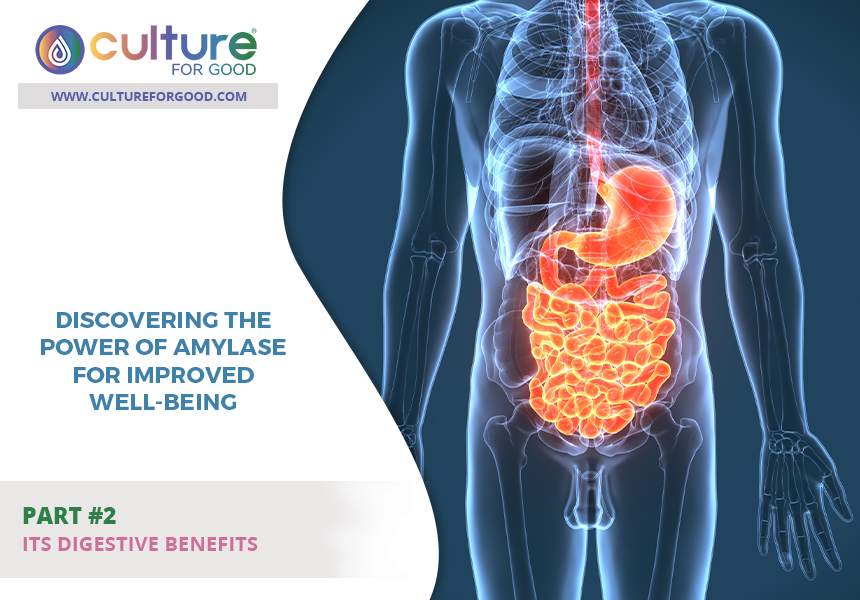
2Its Digestive Benefits
Amylase is an enzyme that breaks down carbohydrates, such as starches, into simpler forms, like glucose. It helps your body digest food more efficiently, and it can also help reduce bloating and indigestion. Amylase deficiency can cause various digestive problems, such as gas, bloating, and cramps. By supplementing your diet with amylase, you can reap the digestive health benefits and promote more efficient digestion.
Amylase is an important digestive enzyme that helps break down carbohydrates and starches into simpler forms. Without it, your body may have difficulty digesting certain foods. Amylase deficiency can cause digestive distress, such as bloating and indigestion. By supplementing your body with amylase, you can boost your digestive health and reduce indigestion and bloating.
Bloating can be uncomfortable and can be caused by many different things. One of these is a deficiency in the enzyme amylase, which helps break down carbohydrates. By supplementing your diet with amylase, you can reduce bloating and indigestion and restore your digestive health.
Amylase can also improve digestion and help your body absorb more nutrients. Indigestion or dyspepsia is a common digestive complaint. It can be caused by a variety of factors, including a lack of the enzyme amylase. Amylase helps break down carbohydrates and starches, and without it, the digestive process can be hampered. Supplementing your diet with amylase can help reduce indigestion and improve digestion.
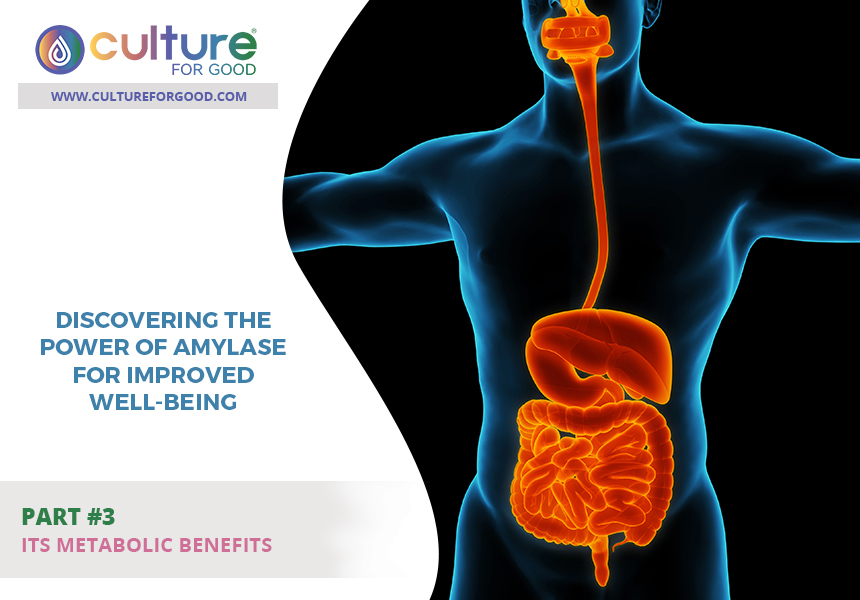
3Its Metabolic Benefits
Boost Your Metabolism With Amylase
Amylase is an enzyme that helps break down carbohydrates into smaller sugars that can be used by the body for energy. When amylase is present, it helps break down the carbohydrates in food and helps regulate blood sugar levels. This can lead to reduced inflammation and, ultimately, weight loss. Amylase can also help reduce the amount of excess fat in the body, which can have a positive impact on your metabolic health.
This enzyme helps the body to break down carbohydrates into smaller sugars that can be used for energy. It also helps regulate blood sugar levels, reduce inflammation, and improve metabolic health. In addition to these benefits, amylase can also help reduce fat storage, which can help you to reach your weight loss goals. Amylase can also help reduce fatigue and improve overall metabolic health.
Blood Sugar And Inflammation Regulation
Amylase is an enzyme that helps the body to break down carbohydrates into smaller sugars that can be used for energy. A lack of amylase can lead to elevated blood sugar levels, which can be dangerous. Amylase helps regulate blood sugar levels, which can help reduce the risk of diabetes and other metabolic diseases. Additionally, amylase helps the body process food more efficiently, which can lead to weight loss and improved metabolic health.
Amylase is an enzyme that helps the body break down carbohydrates into smaller sugars that can be used for energy. It also helps regulate blood sugar levels, which can reduce inflammation. Inflammation can have a range of negative effects on the body, including weight gain and an increased risk of metabolic diseases. Amylase helps reduce inflammation and improve metabolic health.
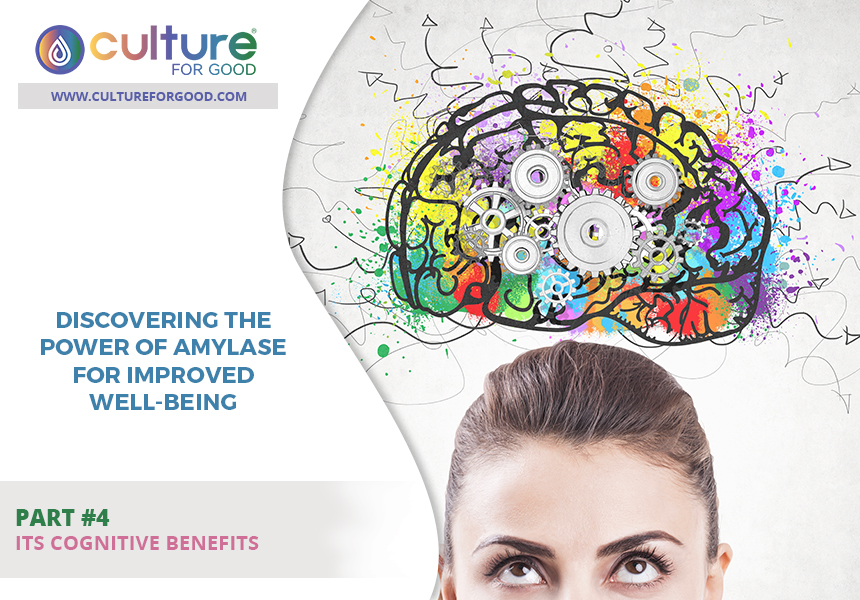
4Its Cognitive Benefits
Discover The Cognitive Benefits Of Amylase
Amylase is an enzyme found in saliva that plays an important role in breaking down carbohydrates into sugar. This sugar is then used by the body for energy. Research has shown that amylase can have a positive impact on cognitive processes, such as memory, focus, and concentration. It has also been shown to reduce stress and anxiety levels.
Learn How Amylase Can Help Improve Memory
Amylase helps the body convert carbohydrates into sugar, which can be used by the brain to fuel its many functions. By providing the brain with this fuel, amylase can help improve memory retention, recall, and overall cognitive performance. It can also help sharpen mental focus and concentration.
Unlock The Impact Of Amylase Deficiency On Cognitive Health
When amylase is not present in sufficient quantities, it can lead to a deficiency. This deficiency can lead to impaired cognitive functioning and affect a person’s ability to remember, concentrate, and make decisions. It can also lead to stress and anxiety.
Uncover How Amylase Reduces Stress
Amylase helps the body convert carbohydrates into sugar, which can be used as fuel for the brain. This energy helps the brain stay alert and focused, reducing levels of stress and anxiety. It can also help improve overall cognitive performance.
Unveil Other Cognitive Benefits Of Amylase
In addition to improving memory, focus, and concentration, amylase has been shown to help improve problem-solving, decision-making, and creativity. It can also help reduce stress and anxiety levels. It can improve overall cognitive performance.

5Potential Side Effects
When it comes to taking amylase, it is vital to be aware of potential side effects that could occur. Some of these side effects include nausea, vomiting, abdominal pain, diarrhea, and an increased risk of developing a yeast infection. Amylase could also affect the body’s natural balance, leading to dehydration, electrolyte imbalances, or changes in blood sugar levels.
Taking too much amylase may result in an overdose, which could cause more severe symptoms. It is also vital to consider possible interactions that amylase may have with other medications, as combining them could lead to unexpected and potentially dangerous results. Lastly, it is important to look out for any other side effects that may arise while taking amylase. It is always best to speak to a doctor or healthcare provider before taking any new medications.

In conclusion, if you want to maintain a healthy lifestyle, amylase is the answer. This enzyme helps break down carbohydrates into sugar that can be used for energy, reduce inflammation, improve metabolic health, sharpen mental focus and concentration, reduce stress and anxiety levels, and improve problem-solving skills, decision-making abilities, and creativity – all with minimal side effects when taken properly. Don’t let fatigue or impaired cognitive functioning hold you back any longer; try amylase today to unlock your body’s potential!



